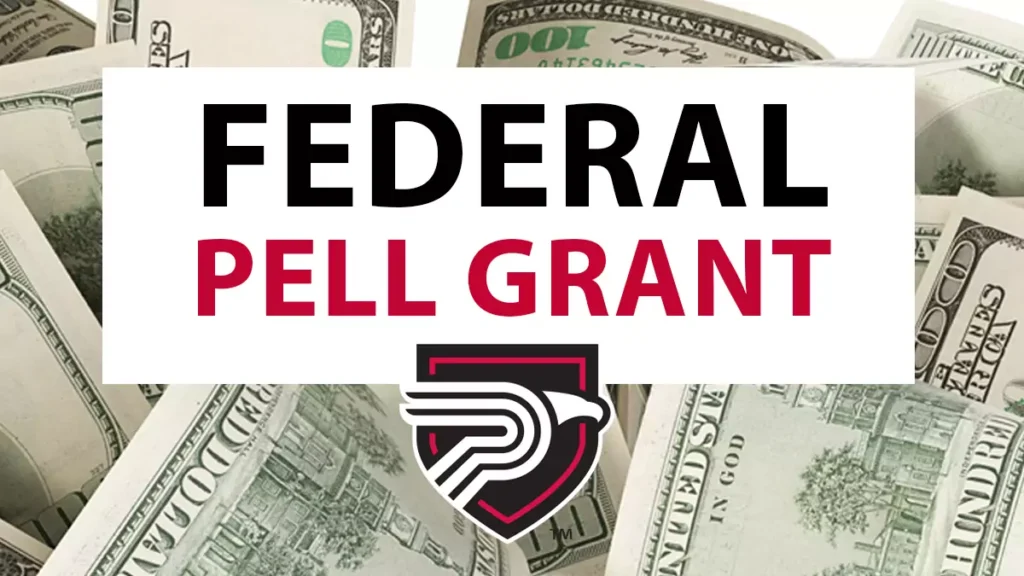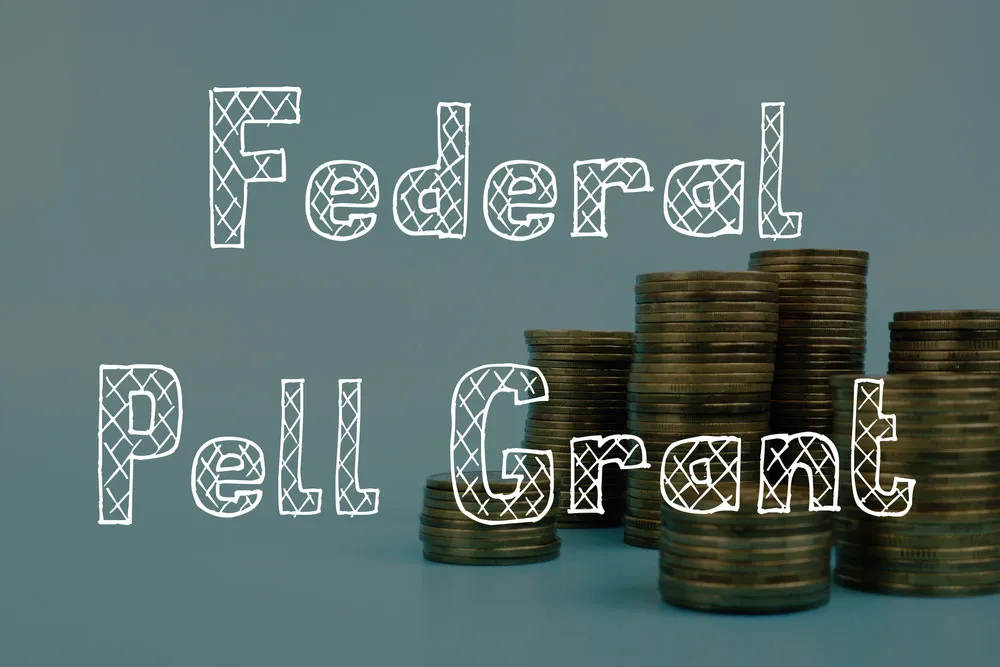The Federal Pell Grant stands as a beacon of hope for millions of aspiring students across the United States, offering them the opportunity to pursue their dreams of higher education. From its humble beginnings to its current impact, the Pell Grant has transformed the lives of countless individuals, providing financial assistance to those who need it most.

History of the Federal Pell Grant
Established in 1972, the Federal Pell Grant Program was named after U.S. Senator Claiborne Pell, a staunch advocate for educational access. Originally known as the Basic Educational Opportunity Grant, it aimed to provide financial aid to low-income undergraduate students. Over the years, the program has evolved to become the cornerstone of federal student aid, offering billions of dollars in grants annually.
Eligibility Requirements
Income Limitations
To qualify for the Pell Grant, students must demonstrate significant financial need, as determined by the Expected Family Contribution (EFC) calculated through the Free Application for Federal Student Aid (FAFSA). The grant amount varies based on the applicant’s financial situation, with higher awards going to those with lower EFCs.
Academic Requirements
In addition to financial need, recipients must maintain satisfactory academic progress as defined by their institution. This includes meeting minimum GPA requirements and completing a predetermined number of credit hours each semester.
Citizenship Status
Only U.S. citizens or eligible non-citizens with a valid Social Security number are eligible for the Pell Grant. Undocumented immigrants and international students are not eligible for federal financial aid.
Application Process
FAFSA
The first step in applying for the Pell Grant is completing the FAFSA, which serves as the gateway to all federal financial aid programs. The application requires detailed information about the student’s and their family’s finances, including income, assets, and household size.
Verification Process
Some applicants may be selected for verification, requiring them to submit additional documentation to verify the accuracy of their FAFSA information. Failure to complete the verification process can result in delays or denial of financial aid.
Award Amounts
The amount of Pell Grant awarded to each student is determined by their financial need, enrollment status, and the cost of attendance at their chosen institution. The maximum award for the 2023-2024 academic year is $6,495, but actual amounts may vary.
Renewal Process
Students must reapply for the Pell Grant each year by submitting a new FAFSA. Renewal eligibility is contingent upon maintaining satisfactory academic progress and demonstrating continued financial need.
Benefits of the Federal Pell Grant
Access to Higher Education
For many low-income students, the Pell Grant is the key to unlocking the doors of higher education. It provides them with the financial resources they need to enroll in college and pursue their academic goals.
Financial Relief for Low-Income Students
The Pell Grant alleviates the financial burden faced by students from economically disadvantaged backgrounds, enabling them to focus on their studies without worrying about how to pay for tuition and other expenses.
Impact on Graduation Rates
Studies have shown that Pell Grant recipients are more likely to graduate from college than their non-recipient counterparts. By removing financial barriers to education, the Pell Grant helps increase college completion rates and improve overall educational attainment.
Challenges and Criticisms
Funding Limitations
Despite its positive impact, the Pell Grant faces ongoing funding challenges, with limited resources available to meet the growing demand for financial aid. As a result, many eligible students receive less assistance than they need to cover the full cost of attendance.
Exclusion of Non-Traditional Students
The Pell Grant primarily benefits traditional, full-time undergraduate students, leaving non-traditional students, such as adult learners and part-time students, with fewer options for financial aid. This disparity limits access to higher education for those who may have competing responsibilities, such as work or family obligations.
Success Stories
Throughout its history, the Pell Grant has empowered countless individuals to pursue their dreams and achieve academic success. From first-generation college students to returning adults, the grant has made higher education a reality for those who thought it was out of reach.
Conclusion
In conclusion, the Federal Pell Grant is more than just a financial aid program; it’s a lifeline for millions of students striving for a better future. By providing access to higher education and reducing financial barriers, the Pell Grant has opened doors of opportunity and transformed lives across the nation.
FAQs (Frequently Asked Questions)
- How do I know if I qualify for the Pell Grant? To determine your eligibility for the Pell Grant, you must complete the Free Application for Federal Student Aid (FAFSA) and meet the program’s income and academic requirements.
- Can undocumented immigrants apply for the Pell Grant? No, only U.S. citizens or eligible non-citizens with a valid Social Security number are eligible for federal financial aid, including the Pell Grant.
- What is the maximum amount of Pell Grant I can receive? The maximum Pell Grant award for the 2023-2024 academic year is $6,495, but actual amounts may vary based on financial need and enrollment status.
- Do I have to repay the Pell Grant? No, the Pell Grant is a form of gift aid that does not need to be repaid, unlike student loans.
- Can I receive the Pell Grant for graduate or professional studies? No, the Pell Grant is only available for undergraduate studies and cannot be used for graduate or professional programs
